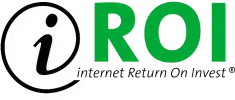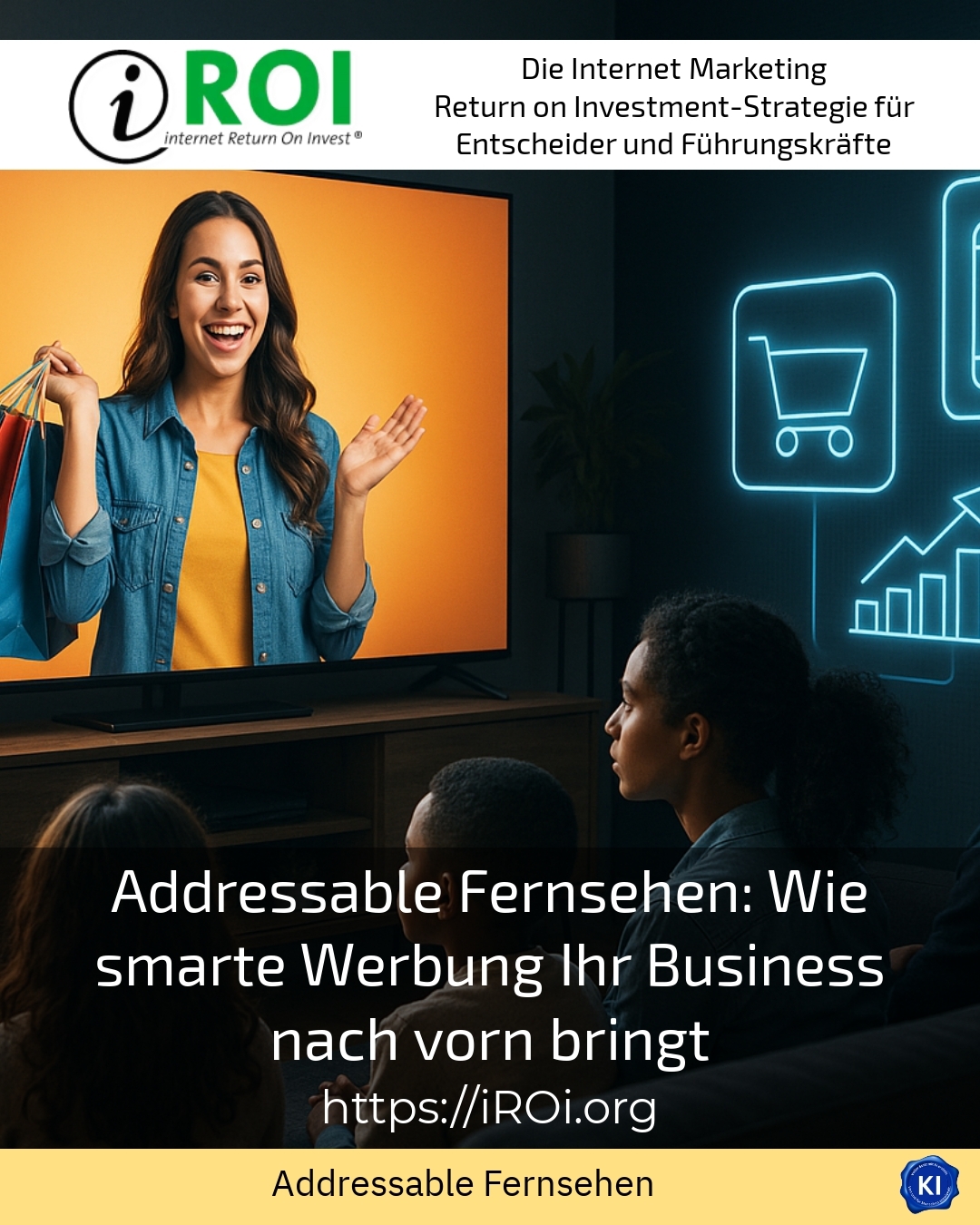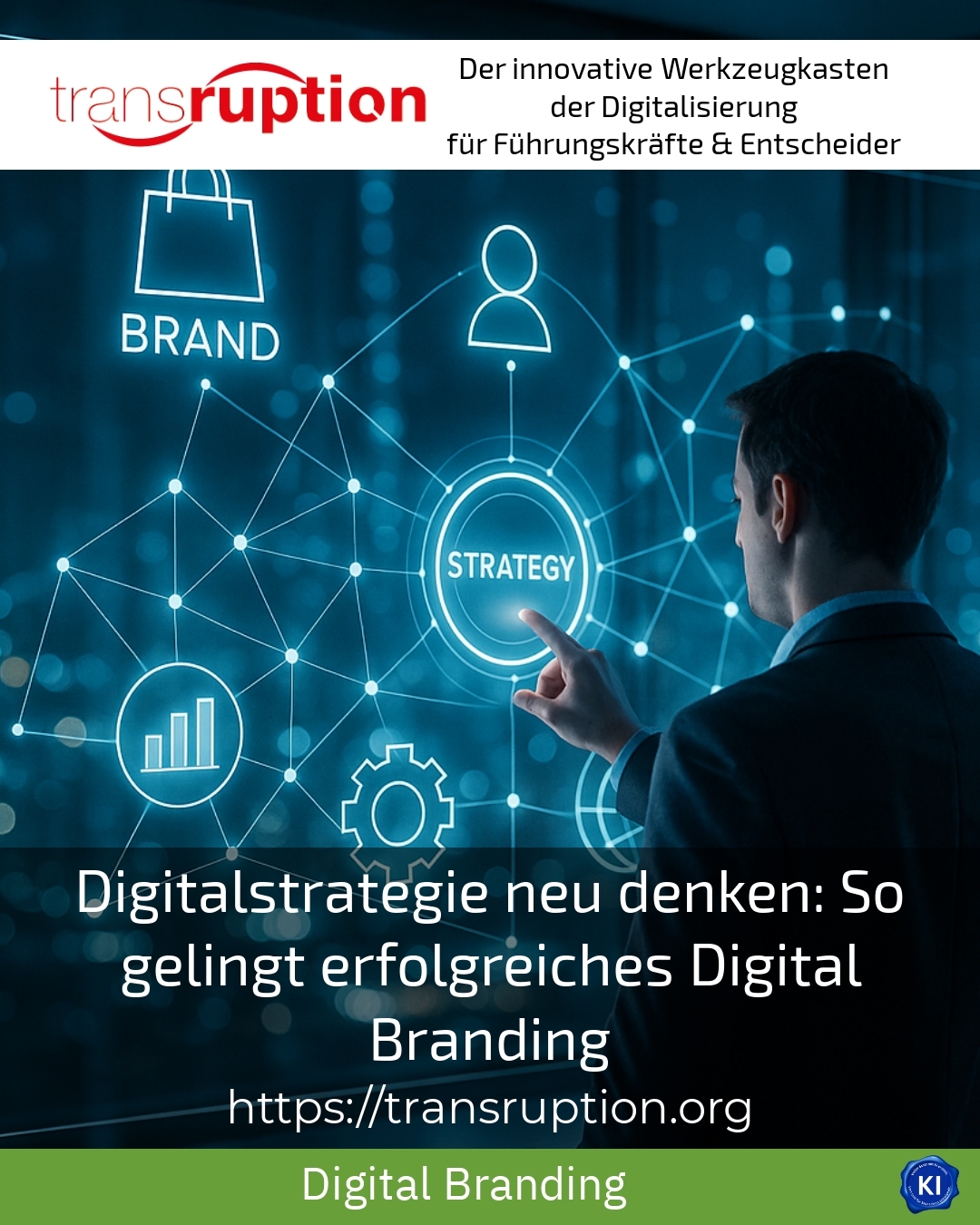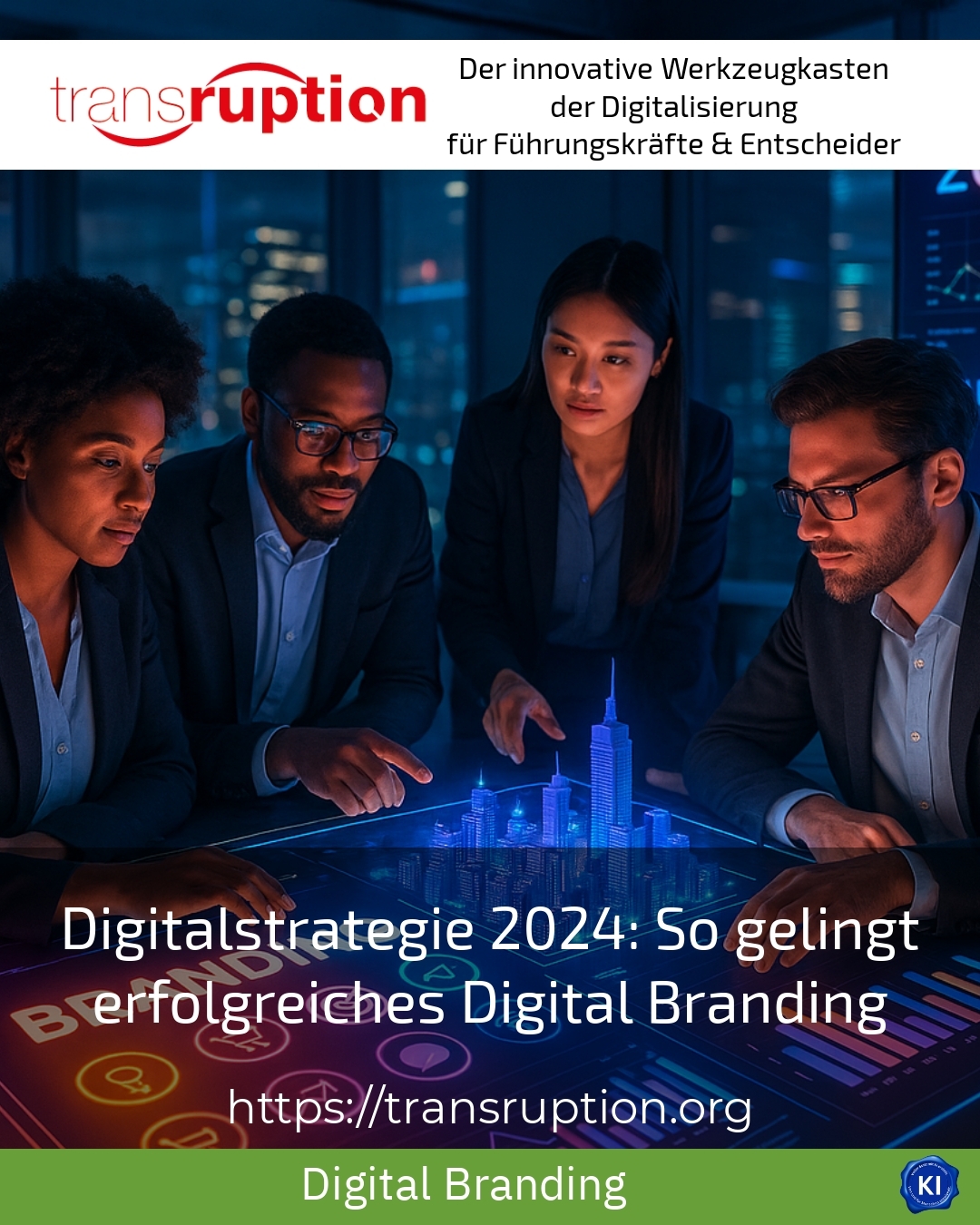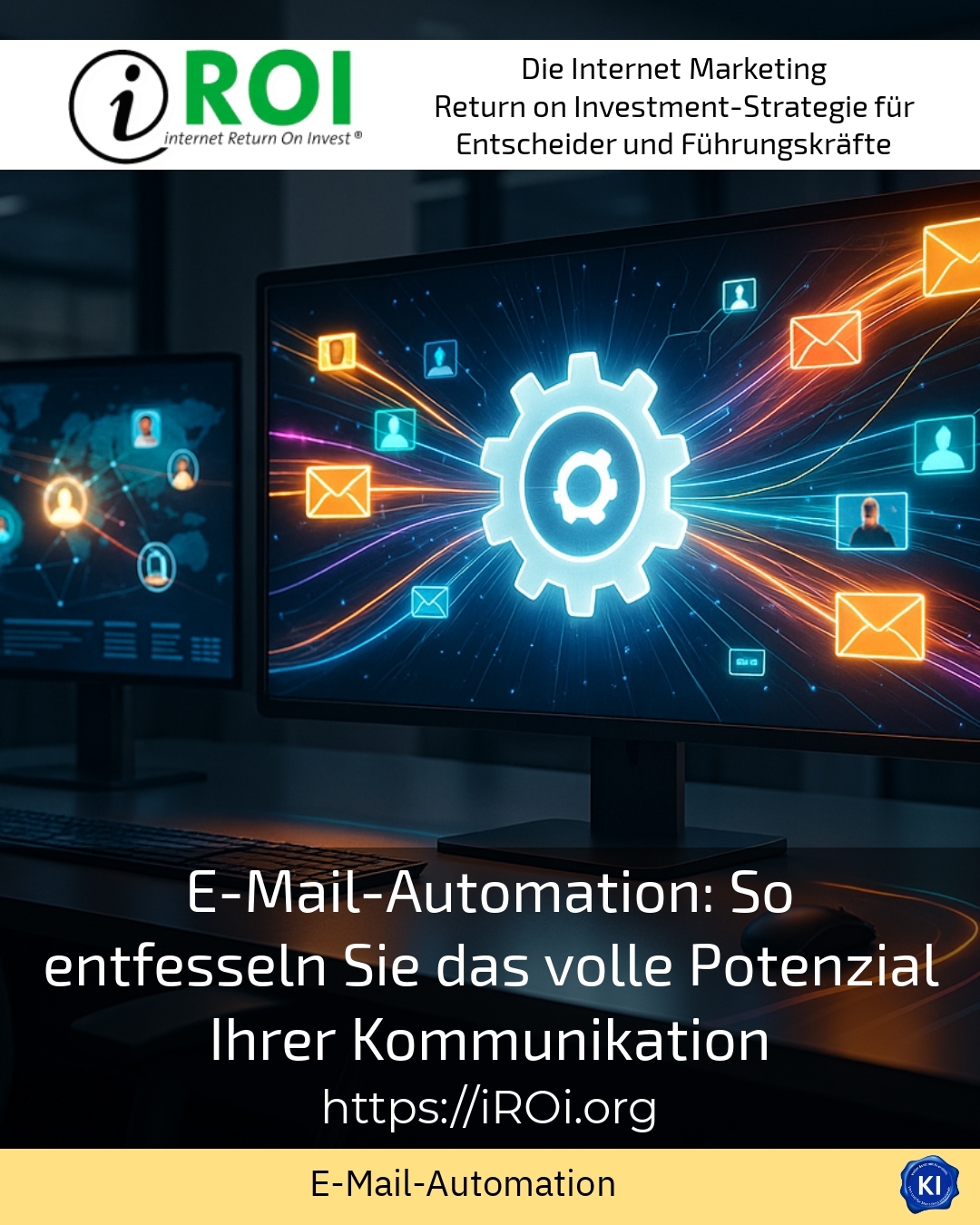Email automation opens up new opportunities for companies to make their communication more efficient and personalised through targeted automation. Those who utilise the full potential of modern technology not only increase customer satisfaction, but also gain valuable time for strategic tasks.
Email automation: creating more efficiency with smart workflows
Above all, email automation facilitates the organisation of marketing measures by automating recurring processes. For example, online shops benefit from automatic welcome series for new customers and remind customers of the forgotten shopping basket if they have not completed a purchase. Automated follow-ups also facilitate contact in the service industry - for example, when consultants send further information promptly after initial meetings.
Another example is the event industry: automated confirmation emails with important details or reminders increase the response rate and reduce the workload of the support team. Large publishers also benefit from regular, automated newsletters that are precisely targeted at areas of interest.
By setting up workflows, messages can be played out at exactly the right time and in line with the recipient's actions. This ensures that no opportunity for dialogue is lost and maximum attention is generated.
Best practices for a personalised customer approach
With the help of email automation, customers can be addressed in a much more personalised way - a decisive factor in increasing the opening and click rate. For example, a fitness studio uses automated emails to send personalised reminders about training breaks and thus promote motivation. In e-commerce, communication is adapted to previous purchasing behaviour by suggesting special service offers or additional products.
In the property sector, estate agents rely on personalised updates regarding new properties based on the criteria that interested parties have previously specified. And in the automotive industry, workshop recommendations can also be sent automatically with suitable appointment suggestions.
Personalisation is possible through segmentation. This involves dividing the target group into groups that share similar characteristics or interests. This ensures that recipients receive exactly the content that is relevant to them and protects them from being perceived as spam.
Automated playout according to user behaviour
Trigger-based email campaigns react automatically to defined user behaviour. In detail, this could mean
- After registering for the newsletter, a welcome email is sent immediately, containing initial insights or welcome discounts, for example.
- If prospective customers leave the shopping basket in the online shop without completing a purchase, an automated email sends a friendly reminder and may offer an incentive.
- In the event of prolonged inactivity, customers receive customised reactivation campaigns with special offers.
A service provider that offers insurance rates, for example, can use automatic follow-up communication to respond specifically to cancelled offers and advise interested parties individually.
It is important to optimise not only the number but also the timing of emails in order to avoid excessive demands and support a positive customer journey.
BEST PRACTICE a customer (name hidden due to NDA contract) was helped to strengthen the loyalty of new subscribers through an automated welcome series. The series included personalised tips and exclusive content tailored to the specified interests, which increased open rates by 35 % and significantly reduced bounce rates.
Another customer project aimed to optimise the reminder of abandoned shopping carts in online retail via timed email automation. The result was an increase in sales of over 20 % within just a few months.
A training provider also implemented automated follow-up emails after webinars, which follow up with relevant course offers with pinpoint accuracy. Customers report increased conversion and stronger customer loyalty.
How to successfully introduce email automation
Getting started begins with the selection of a suitable tool. Providers such as Mailchimp, HubSpot or CleverReach offer extensive options for easily designing and controlling workflows. The initial setup should be straightforward and clearly focussed.
Decisive factors for success are:
- Define clear goals for communication (e.g. new customer acquisition or customer care)
- Segment the target group as precisely as possible
- Clearly plan and test automated workflows
One agency project in the retail sector relied on an automated birthday campaign, supplemented by customised product recommendations. This enabled them to improve the loyalty of their regular customers and generate additional sales.
The tourism industry is also developing modern automation solutions that provide travellers with helpful information before, during and after their holiday - such as checklists or special offers for follow-up stays.
My analysis
Email automation significantly supports companies in making their communication processes more efficient and at the same time more personalised. Intelligent segmentation and the targeted delivery of relevant content improve customer loyalty and conversion rates. Whether in retail, the service sector or event management - automated mailings create scope for strategic development and increase the impact of marketing measures in the long term.
Those who utilise the potential of email automation gain an important competitive advantage in digital customer communication and support a professional, consistent brand experience.
Further links from the text above:
Advantages of email automation at Webwide
Email automation: Efficient strategies at Mindtwo
Email automation: definition, advantages with Mailingwork
Email marketing automation basics at Rapidmail
Automation in email marketing at Semtrix
Email automation explained at Mailchimp
For more information and if you have any questions, please contact Contact us or read more blog posts on the topic internet Return on Investment - Marketing here.

